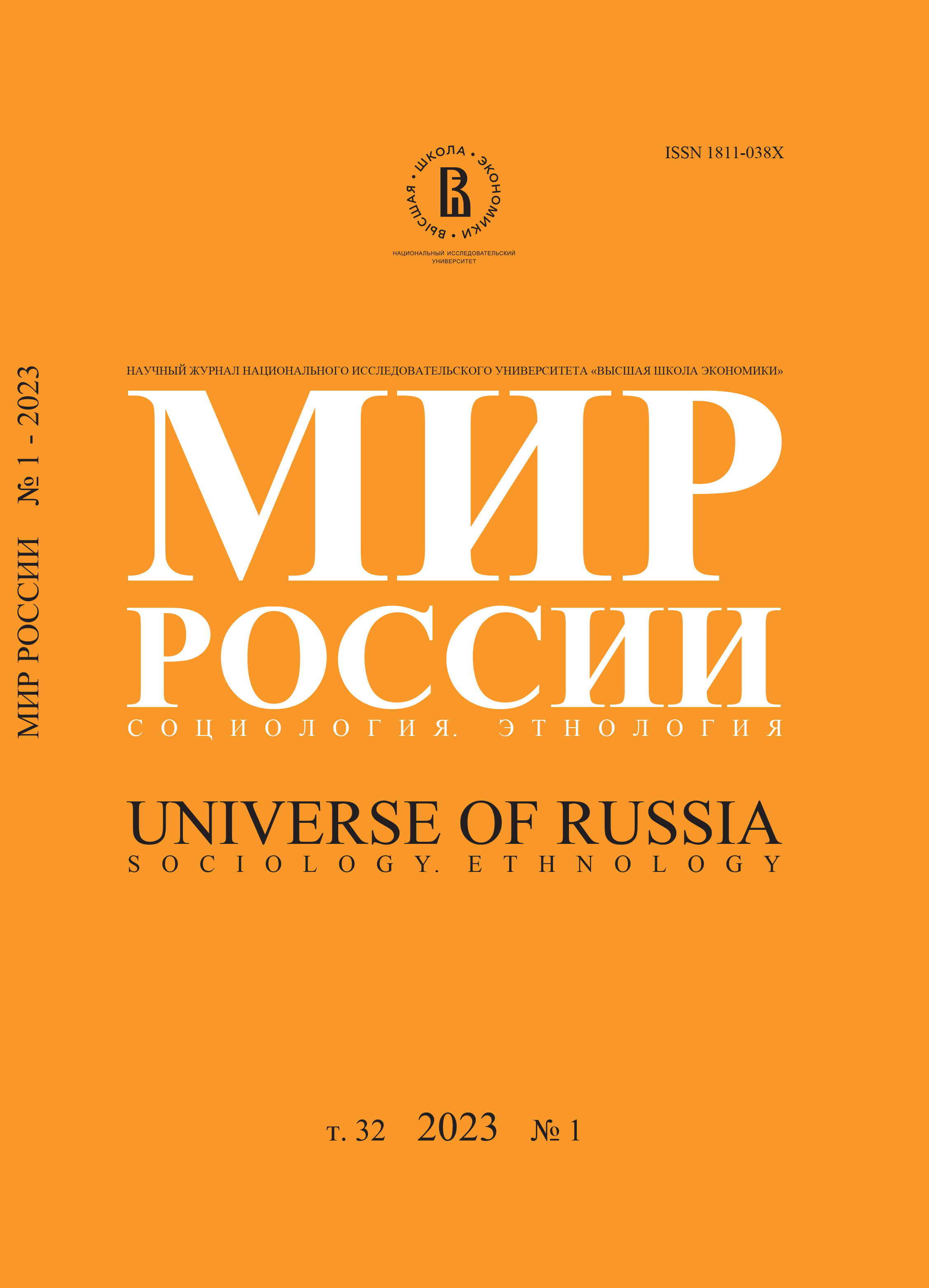Nationalism Under the Cover of Stability: Exploring the Latent Factors of Soviet Disintegration (The Lessons of the Brezhnev Era)
Abstract
This article analyzes the influence of the ethnic-national policy on the growth of nationalism in the Soviet Union, during the so called “Era of Stagnation” (or “the Era of Stability”, according to some authors), i.e., the time of Brezhnev’s leadership in the USSR (1964–1982). This period is compared to that of the post-Stalinist reforms, also known as “the Thaw” under the rule of Khrushchev (1954–1964). The article asks to what extent managerial decisions, initially aimed at stabilizing and preserving the Soviet regime, could generate the opposite trends and serve the gradual accumulation of political destabilization. The paper suggests that the period of Brezhnev’s stabilization was a time of accumulation of two factors that played a crucial role in the subsequent collapse of the USSR: grassroots dissident nationalism and top-down bureaucratic nationalism. It also demonstrates the unequal ratio of these varieties of nationalism in different Soviet republics. Against the backdrop of national language, policy decisions taken under Brezhnev, the article points to the reproduction of some risks in interethnic relations in Russia in the foreseeable future.






